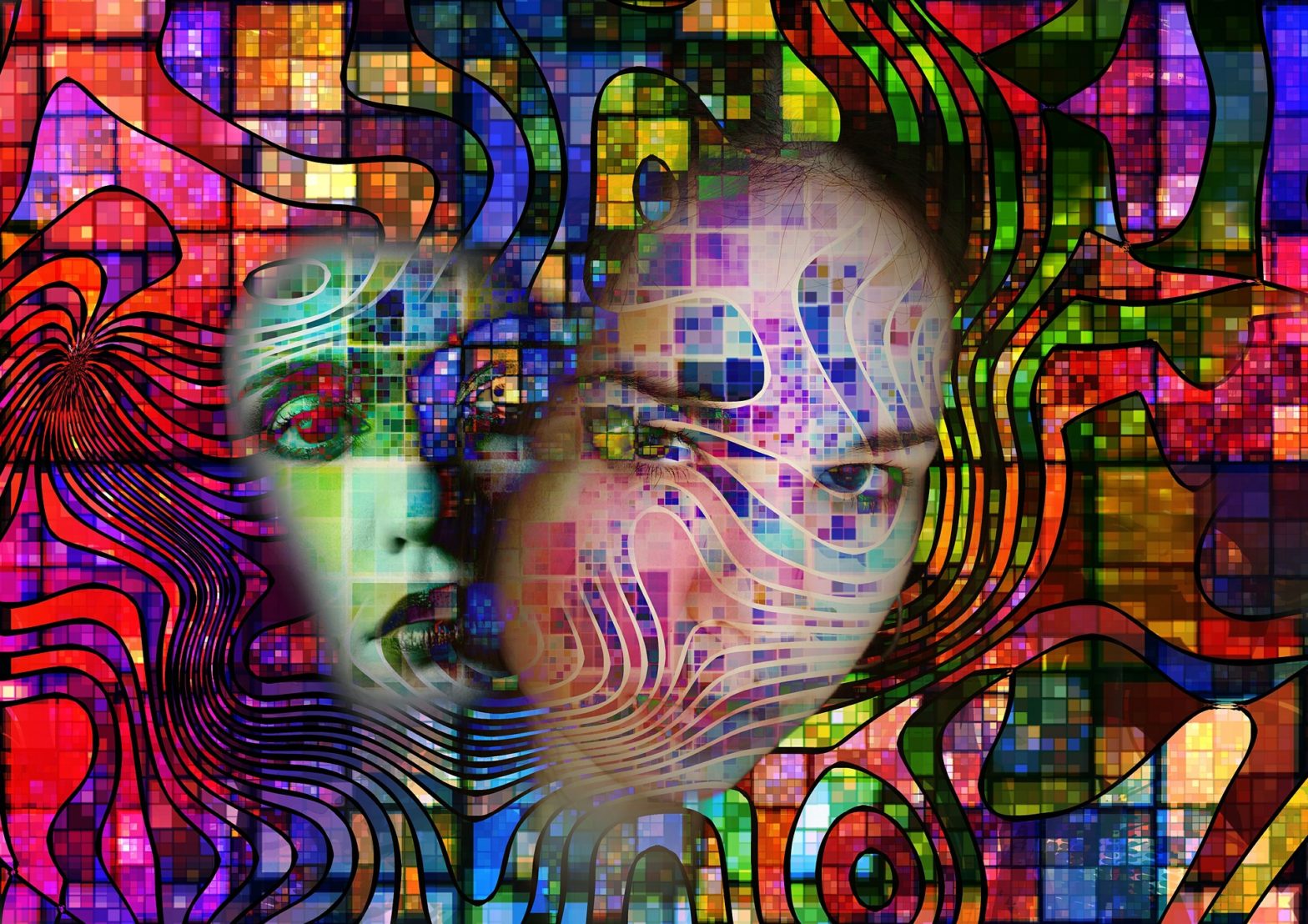Image by Gerd Altmann
Most of us have experienced dissociation on a minor level. If you have ever found yourself in a state where you left your place of work and drove yourself home and can’t remember the drive, that is a state of mindlessness that may be considered dissociative. If you have ever sat down with the intention of just looking at your favorite YouTube, TikTok or InstaGram channels for a few minutes and realized when you next looked at the clock it was 3 hours later, we may jokingly refer to that as doom scrolling, but it’s dissociation. These are quite normal – and worth discussing in therapy, especially if you’re noticing you’re driving mindlessly to help prevent an accident from happening.
However, diagnosable dissociative disorders include symptoms that really impact a person’s functioning. Symptoms may be temporary or may regularly impact a person’s life due to potential disruptions or changes of a person’s consciousness, identity, memory and/or perception.
There are several types of diagnosable dissociative disorders:
Dissociative identity disorder (DID), once known as multiple personality disorder, is characterized by the presence of two or more distinct personalities, identity states or alters that alternate control over the individual’s behavior, thoughts, and emotions. Each alter may have its own name, age, gender, and personal history. People with DID often experience time loss that can’t be explained and may have items in their home they do not recall buying. People with this disorder have it because they have experienced and survived a severe amount of childhood abuse.
Dissociative amnesia involves a significant loss of memory about personal information such as one’s name, family, or past experiences. Typically, the memory loss is connected to a traumatic or stressful event, and may be temporary or ongoing.
Depersonalization-derealization disorder involves a persistent feeling of being disconnected or detached from one’s body, thoughts, or emotions, or a sense that one’s surroundings are unreal or distorted. The person may feel like they are watching themselves from outside their body, or that they are in a dream-like state.
Other specified dissociative disorder is a category that describes those who experience significant disruptions in consciousness, identity or memory yet do not meet criteria for one of the above diagnoses.
Dissociative disorders are frequently caused by a history of trauma, abuse, or neglect, although not everyone who experiences trauma will develop a dissociative disorder. Treatment can help you lessen time loss, fill in or move towards acceptance with missing information, and build communication with your internal world as it’s ready. Treatment involves psychotherapy, cognitive-behavioral therapy (CBT), trauma-focused therapy, dialectical behavior therapy (DBT), and for some, EMDR (Eye Movement Desensitization & Reprocessing) and/or IFS (Internal Family Systems) may be beneficial.
If you think you may be experiencing a dissociative disorder and feel like your ability to enjoy and live your life fully is being hindered, we invite you to reach out for support, one of our therapists can help.
Offering Telehealth Services to Illinois Residents

